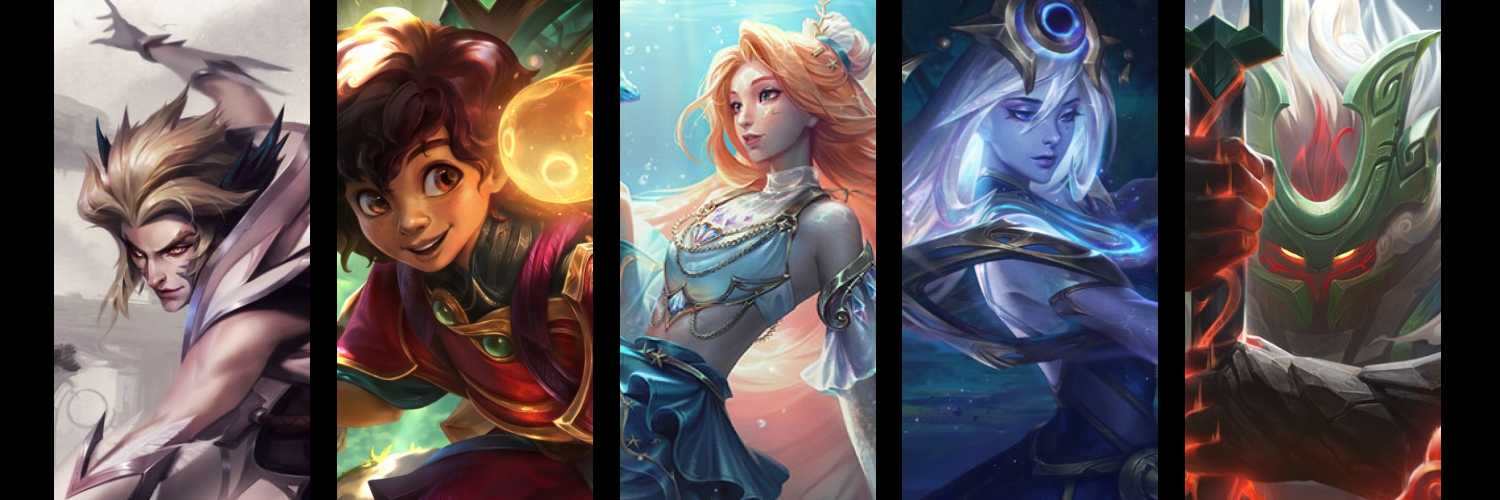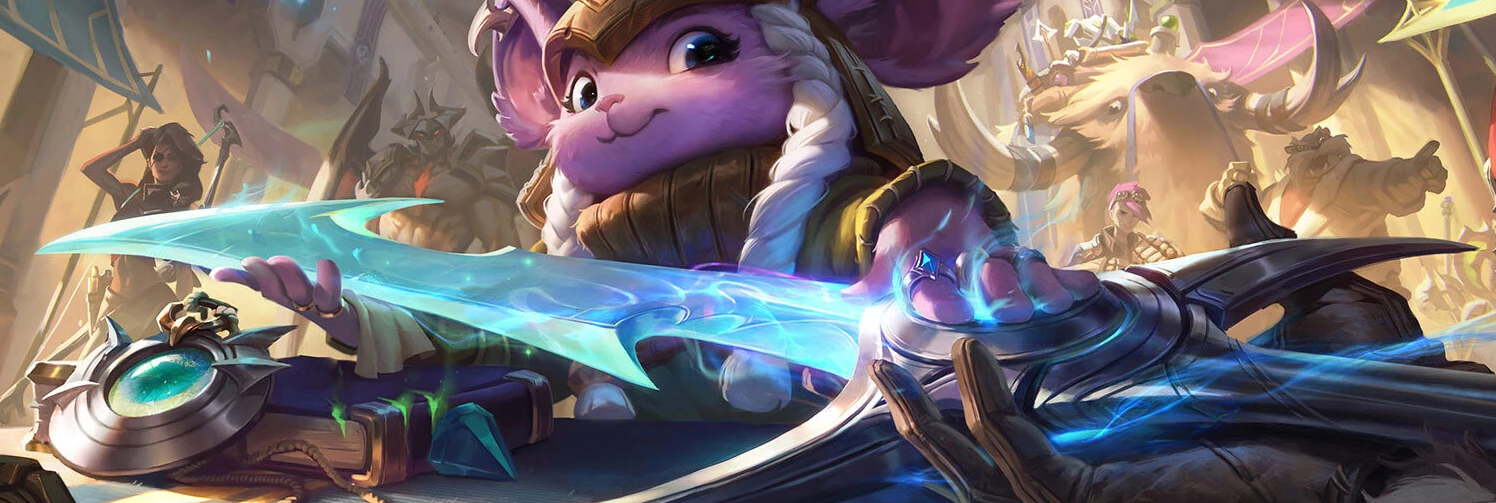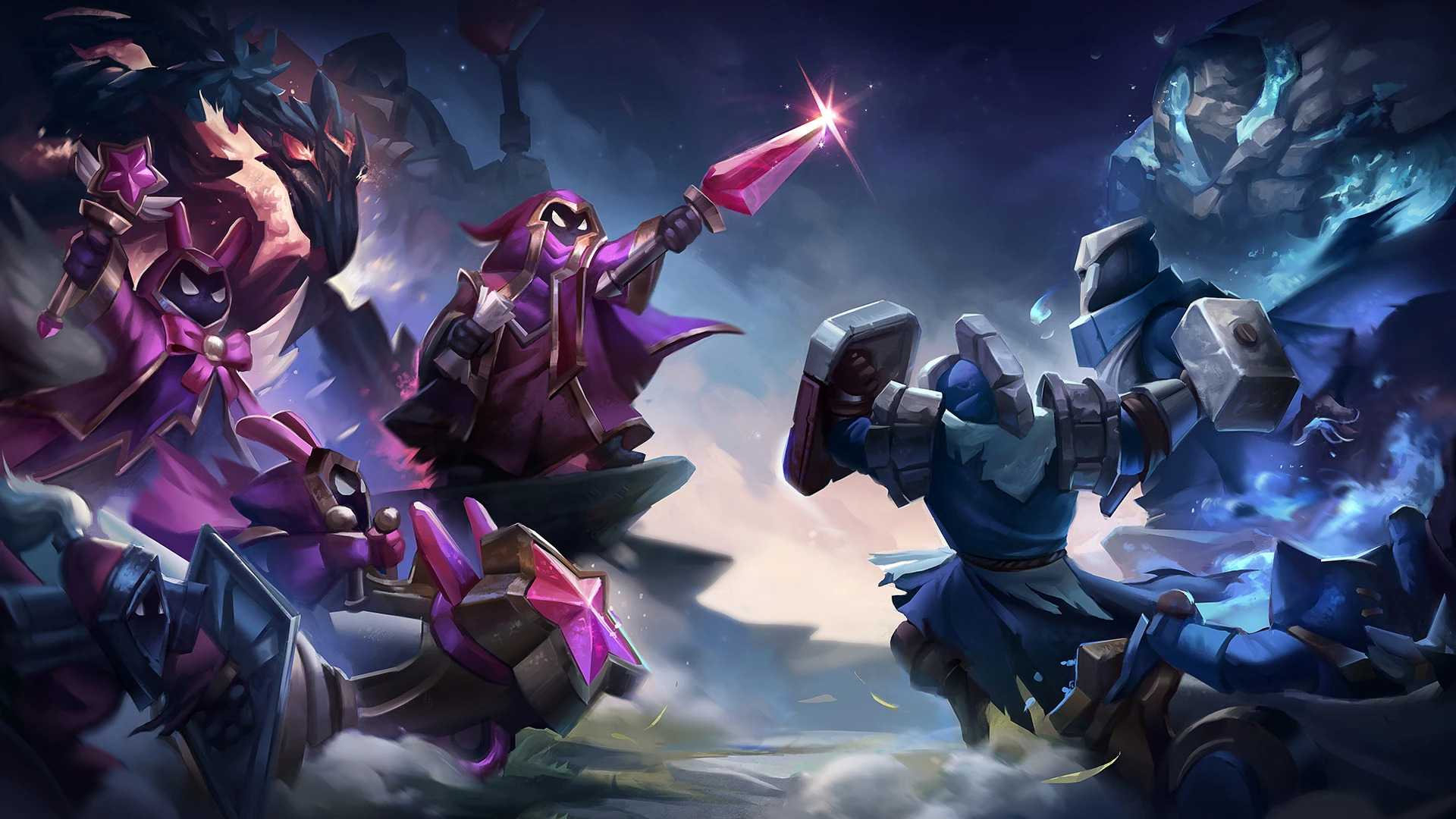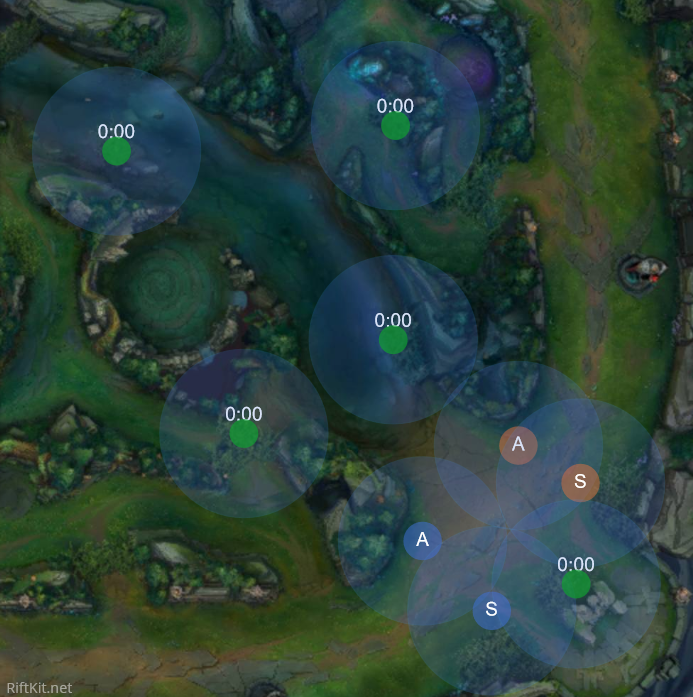The Keys to Becoming a Great Support Player in League of Legends
Looking to up your Support game? Tune in to this guide and will cover some tips and tricks that’ll help you unlock your full Support potential in League of Legends!
Looking to up your Support game? Tune in to this guide and will cover some tips and tricks that’ll help you unlock your full Support potential in League of Legends!
Support is in one of its healthiest spots ever in Season 13, with a wide variety of picks being available to slot in and perform. But, with all these choices, sometimes things can get overwhelming, and one can find themselves a little lost in the sauce when it comes to what direction or play pattern to focus on. So, today we’re going to cover not only some meta-related information but we’re also going to unpack some gameplay concepts that you should focus on to help elevate your play while you push towards your Season 13 goals.

Support has a wide range of viable play patterns for Season 13. Pick focused Champions like Blitz and Thresh remain ever-viable. Enchanters like the newly released Milio, Janna, and Lulu all are stalwart ADC defending options. Mages remain an ever-sneaky option for all you diet-Mid Laners out there with the likes of Zyra, Brand, and Xerath leading the way. And Tanks, while performing a bit below average, have come to find solid representation in the form of Rell and Alistar.
And while all these previously mentioned options seem to be the leading candidates to each approach, genuinely, it doesn’t matter what you play and focus on, so long as you adapt your playstyle to each game’s unique state. But, what truthfully comes before even that is defining the playstyle you enjoy. So, again allotting yourself into the Enchanter, Tank, Mage, or Pick spaces can help you easily define a Champion pool for yourself so that you’re always consistently playing towards a similar pattern of play from game to game.
Generally speaking, the best way to climb is to one-trick. But if you’re one of those (like me and many others) that can’t stay consistent with a Champion for long stretches, having a smaller pool of 3 to 5 Champion choices is a great option. Especially within the Support role where you often end up needing to be the deciding bookend piece for team comps since you can operate as both frontline attack and backline defense. Largely, I’d encourage you to center on three picks in a Rock-Paper-Scissor format where your main is something you’d blind pick in nearly every scenario where your two alternate picks serve as a spread of picks to help round out comps.

What separates the highest tiers from the lowest tiers of League of Legends players is resource management. The best of the best are able to bring in so much economy to themselves through either deep knowledge, crafty situational play, or they’re just simply so mechanically oppressive to their opponents that they begin to command dominating leads through outplaying their opponents directly.
Support is no different in these regards. Though, from a Support’s viewpoint, domination can be perceived as a bit tamer in comparison to many other roles. Resource Management from Support often comes down to understanding how you can interact with your opponent without them benefiting from interacting with you. For example, Milio, Karma, and Janna all have a similar technique where they can shield themselves before walking forward and trading autos with their opponents. By prepping their shields, they preserve their health pools while trading only mana for enemy HP. Since Mana regenerates faster than HP, this is almost always a worth it scenario, especially because repeated trading in this fashion will eventually lead to the enemy falling within a lethal range even to Supports like Milio who aren’t exactly known for their ability to kill in lane.
Beyond the bars that float over your Champions, another resource that Supports need to track and be aware of at all times are abilities and Summoner Spells. Abilities are a big one since, often, Supports are defined around a single button press that makes their Champion either massively impactful or minutely present. Take something like a Blitzcrank hook for example. Smart players play around Blitz’s hook at all times, repositioning themselves behind minions or drafting Champions like Leona or Alistar that can soak a hook without instantly ending up dead like an Enchanter or Mage would. The simple existence of this ability is warping. But that’s only when it’s off cooldown.
If the hook is down, a window of opportunity is presented. In the case where you blind a Champion like Sona and a Blitz is picked into you, if they whiff on their hook, you as a Support Main should have the understanding that you have a roughly 20 second window to poke and move around your lane freely without much threat to yourself. This can be highly impactful towards your gold economy or your ability to prepare your lane for ganks or to set up your defenses. And all of this can be applied towards Summoner Spells as well. If the enemy used their spells before, then you can adjust your play pattern to fit their lack of ability in comparison to yours on a case-by-case basis.

One of the easiest ways to immediately boost your presence as Support is to learn how to properly roam. Naturally, some Champions are better at it than others. For example, Rakan, Bard, Pyke, and Alistar are all known for their ability to quickly get around the map and make plays. But even slower moving picks like Karma, Zyra, or Milio can make or break games with well-timed roams.
So, what are your windows to roam?
1. When your wave is crashing into the enemy turret.
2. When the wave is pushing towards you.
3. When your wave is neutral
Largely, your windows to roam are dictated after you shove in a wave and when the wave is pushing towards you since in these moments your ADC stands to lose the least within any situation.
When you can’t roam is something that you should also be aware of. So, here are the moments when you can’t roam and why:
1. When the wave is bouncing away from you.
2. When the wave is frozen.
3. When a Slow Pushed/Big Wave is crashing
Overall, when you can’t roam is pretty much the opposite of when you can. Understanding these moments and states is important since you can find your opportunity to roam or even counter plays that your opponents make in your lane or across the map.
This one is pretty basic, but it’s an overlooked concept as you auto-pilot through your games. Naturally, warding becomes as secondary as breathing to us Support Mains, so often we can find ourselves taking for granted our vision patterns. With awareness, you can adapt your vision actively in game to help sus out your enemy’s movements. Let’s take a look at some basic warding positions.

Our green dots above serve as excellent points to ward since they cover the basic pathing ways of enemies as they roam to and fro around Bot. In 80% of your games, you can never go wrong and often your auto-pilot mind will have you unconsciously dropping wards in these slots as the game progresses.
But, consider your wards with an active touch. Say your team is facing Zac or Kayn, two Champions that can gank from unconventional angles. Maybe you need to adjust the placement of your vision to compensate for their heightened mobility. Maybe, the enemy Support has come to learn based on your Ward Fragments, where you like to place your wards, and has come to regularly clear or Pink your spots to maintain control.
So, it’s on you to get adaptive with your warding. Maybe the above can come to shift to something like this:

Your adjustments now are deeper into the enemy Jungle. They’re off the beaten path of where your enemy may believe you’re auto-piloting to. You can see more camps, which gives you more time to react to your Jungler’s position across the map. If the Jungler starts to move through this vision, the deeper placements allow for your allies and you to better set tempo and anticipate their next move. Naturally, understanding your roam timers and game state is key to getting to these locations. It may be risky for you to be adaptive about your wards game-state depending. But, truthfully, as long as you’re communicative with your team about what information you know or what you are anticipating through pings or chat, you can help direct the flow of the game around what vision you have and haven’t established.
So, there you have it! Some concepts and tips to help you understand what you can do to up your support game! Be adaptive in your thinking, be aware of your economy, and most importantly, establish a pool you have fun with! We hope these tips help you reach your Support goals before the end of the split! Good luck in Solo Queue!